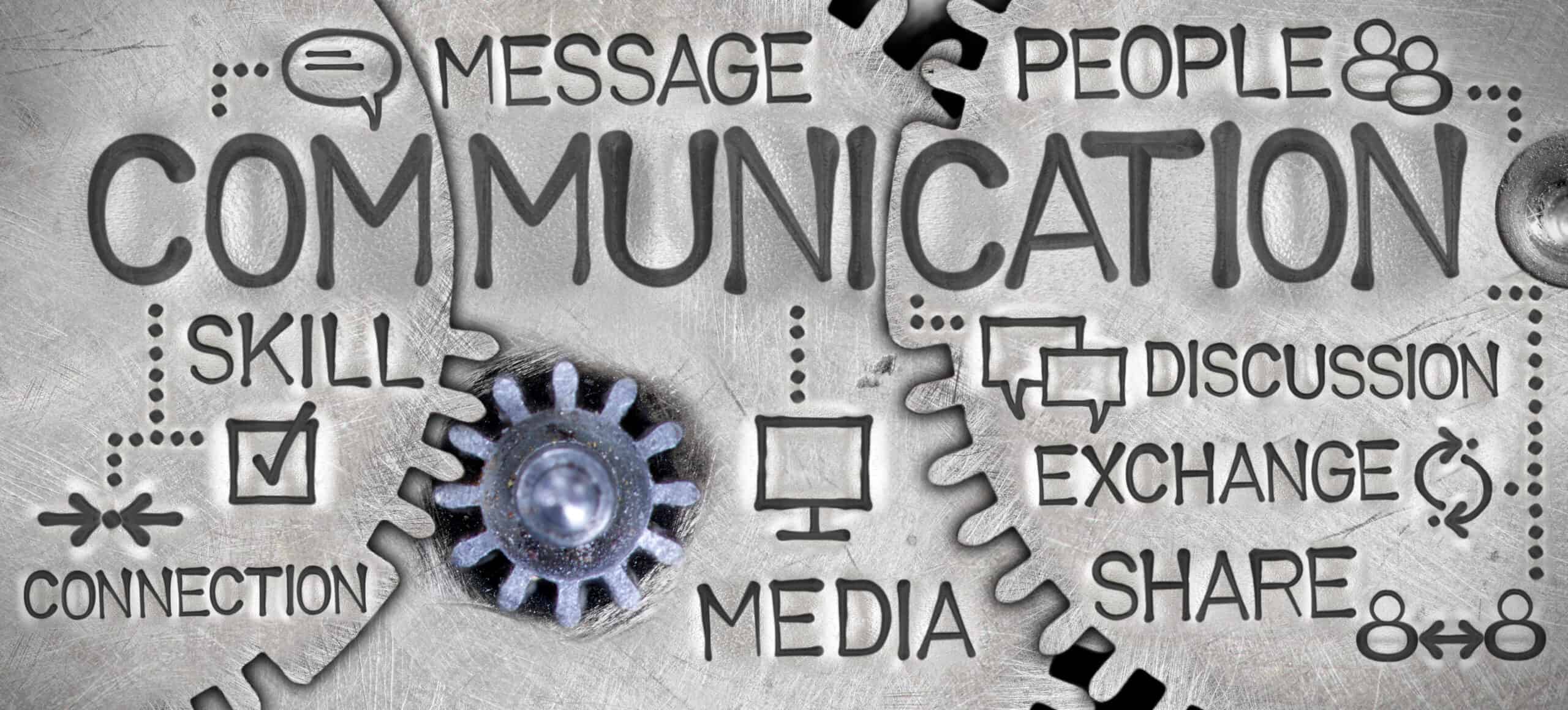
Good communication is one of the most important qualities to have if you want to succeed in business. For various reasons, this quality is often overlooked. None of us exist in a bubble. All of us find it necessary to communicate with others in our business lives at some point or another.
Communicating well is a skill that should be worked on and sharpened, just like any other skill that is needed to take you further in your career.
Overview: What is communication?
Communication can be described as any process or method of delivering a message through various channels.
3 benefits of communication
There are some clear benefits to being able to properly communicate:
1. Being heard
With successful communication in the workplace, employees feel that they are seen and heard by management, as well as vice versa.
2. Customer service
With good communication, customers are given better service and are more able to have their needs and desires met, as well as have an overall good experience with your organization.
3. Innovation
Good communication is helpful to better relate new ideas that can lead to the onboarding of innovations in your industry.
Why is communication important to understand?
Communication is important to understand for the following reasons:
It is necessary for Six Sigma to succeed
Quality communication between employees is a necessity for Six Sigma to work properly.
Communication needs to be addressed first
Understanding how to foster solid communication in the workplace is important because it needs to happen before moving forward with Six Sigma implementation.
Explaining Six Sigma
Since Six Sigma relies on data, statistics, and mathematics, it is vital to understand how to properly communicate these concepts in a digestible way to the people that make up your workforce.
An industry example of communication
A scientist that is employed by a corporation has made some exciting new breakthroughs that the CEO would like shared with stockholders. On a call with the scientist, however, the CEO realizes that the scientist lacks the ability to break down these new advancements in a way that will be understandable. In order to make the scientist’s work accessible to the audience that it will be shared with, the CEO brings on a speechwriter to help with better communication of the advancements.
4 best practices when thinking about communication
Here are some key practices to keep in mind across four common forms of communication in the workplace:
1. Verbal communication
With your verbal communication, make sure to use a speaking voice that is strong and confident. Try to avoid using industry jargon. Practice not using filler words and engaging in active listening.
2. Nonverbal communication
In your nonverbal communication, be mindful of how your physical cues are read. Show intent in your nonverbal communication and mimic movements that you find to be most effective.
3. Visual communication
When communicating visually, it is vitally important to consider who your audience is. Other factors to think about are whether the visuals actually add any real value and if they are clear and easy to understand.
4. With written communication, it is important to aim for simplicity.
Also, recognize that tone can often be lost, so it is best to share the communication with others to verify your tone is reading as intended before sending it to its recipient.
Frequently Asked Questions (FAQ) about communication
What are the six communication questions that should be answered when writing effective messages?
• Why?
• What?
• How?
• When?
• Who?
• Where?
• What?
• How?
• When?
• Who?
• Where?
What are some common tools to use for creating effective communication?
A couple of common tools to utilize are the message triangle and a communication plan.
What are some common roadblocks to good communication?
If you are trying to have good communication with your coworkers, customers, or other people related to your business, it is important to avoid the various roadblocks that can come up. Many of these have no place in a business environment:
• Making judgments
• Avoiding concerns
• Sending solutions
• Preaching
• Commanding
• Moralizing
• Threatening
• One-upping
• Shaming
• Interpreting
• Interrogating
• Kidding
Communication in your workplace
No matter how skilled you are at your job, good communication will take you further. Understanding how to properly demonstrate your ideas and feelings to co-workers, customers, and supervisors is a massive benefit toward your success in the business world.